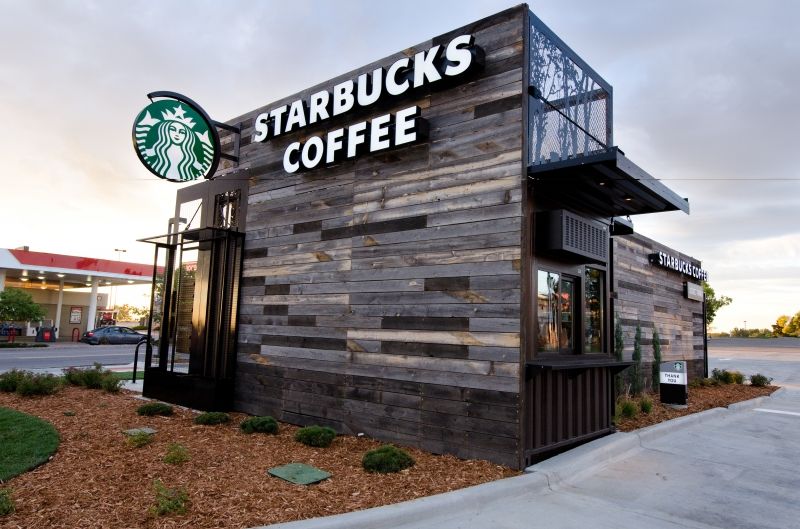Watching the widespread explosion of e-commerce the last decade would make one think that brick-and-mortar retail is a dying breed. While some brick-and-mortars might be closing left and right as giants like Amazon increasingly encroach on a variety of industries, brick-and-mortar still overwhelmingly controls the overall retail market share. Per Statista, e-commerce accounted for just 9 percent of total retail sales in the U.S. In China, which leads all countries, e-commerce revenue made up 23 percent of total retail sales.
Ecommerce’s market share will surely keep growing, but brick-and-mortars shouldn’t throw in the towel just yet. In fact, many brands have done just the opposite, ramping up their data efforts to compete with the online giants in the future.
Here are two examples of brick and mortars letting big data guide their long-term initiatives.
Kroger
The third-largest private employer in the United States was born from humble beginnings in 1883 and has continually been proactive in staying ahead of their peers to grow to nearly 3,000 locations and dozens of subsidiaries. But the grocer conglomerate sees the writing on the wall for any company that doesn’t invest greatly into their data initiatives. Last year they launched “Restock Kroger,” which aims to leverage data in pricing and stocking to deliver more relevant customer experiences, through both digital and in-person channels.
Through their in-house data agency, 84.51, Kroger’s applying personalization models using customer data to improve shopper recommendations and discovery. They’re also building on longstanding efforts to retain their customers through more competitive pricing, adding to their organic offerings, continue promoting the sale of their own branded products and developing smarter space optimization processes.
On the infrastructure side, Kroger has further developed their in-store self-checkout process, committed capital spending toward expanding its IoT sensors, video analytics and machine learning networks. They’ve also explored alternative revenue streams like an advertising program for vendors. With the amount of shoppers Kroger has through its name-brand stores and subsidiaries, combined with its internal agency and overall company approach, the grocer giant looks to remain a force in a data-driven future. This is evidenced by its recent positive earnings report, which saw its shares climb 8.7 percent after exceeding market expectations. .
Starbucks
It’s hard travel for more than five minutes in any developed town in America without seeing Starbucks’ unrecognizable double-tailed mermaid logo. Starbucks conducts over 90 million transactions each week across nearly 25,000 worldwide locations. Needless to say, this gives them an abundance of data to use to their advantage.
Front and center of their data efforts are their rewards program (13 million active users and their mobile app experience (17 million active users), which offers a seamless mobile pay option that generates over 7 million transactions each month. Given that mobile pay services will only increase with time, Starbucks is well positioned to deliver a positive customer experience to each new adopter.
But because Starbucks has all this transaction data, they have all the ingredients to deliver hyper personal service to their customers, through conveniences like recommending a treat to a customer, to knowing their drink order in a location they haven’t previously visited. Weather is a key component to drive their targeted marketing, as we’ve seen in the past with their mega-successful pumpkin spice latte or the controversial-but-viral holiday red cup campaign.
Starbucks also is using data to their drive decisions on where to open new stores. Using their internal program called Atlas, they’re able to assess the impact of a new store to an area, taking into account key factors like population density, traffic patterns, demographics, and proximity to existing Starbucks locations. Regardless what coffee purists say about their coffee, Starbucks offers 87,000 unique drink combinations and myriad customer preference data. Their already stellar customer experience is only getting started.
While Starbucks recently announced the closing of 150 U.S. stores next year, the stores are mostly in their own overly saturated markets. Look for Starbucks to expand their offering to more budget-friendly items in years to come to compete with brands like McDonalds and Dunkin Donuts.
As retail data analytics continues to become more imperative in companies’ day-to-day operations and long-term growth strategies, more brick-and-mortars will be forced to launch data initiatives of their own to stay relevant. While Amazon remains the gold standard for innovated data practices, companies like Kroger and Starbucks—while relative giants themselves—remind us that some brick-and-mortars are fighting back, hopefully paving the way for a more competitive tomorrow.







